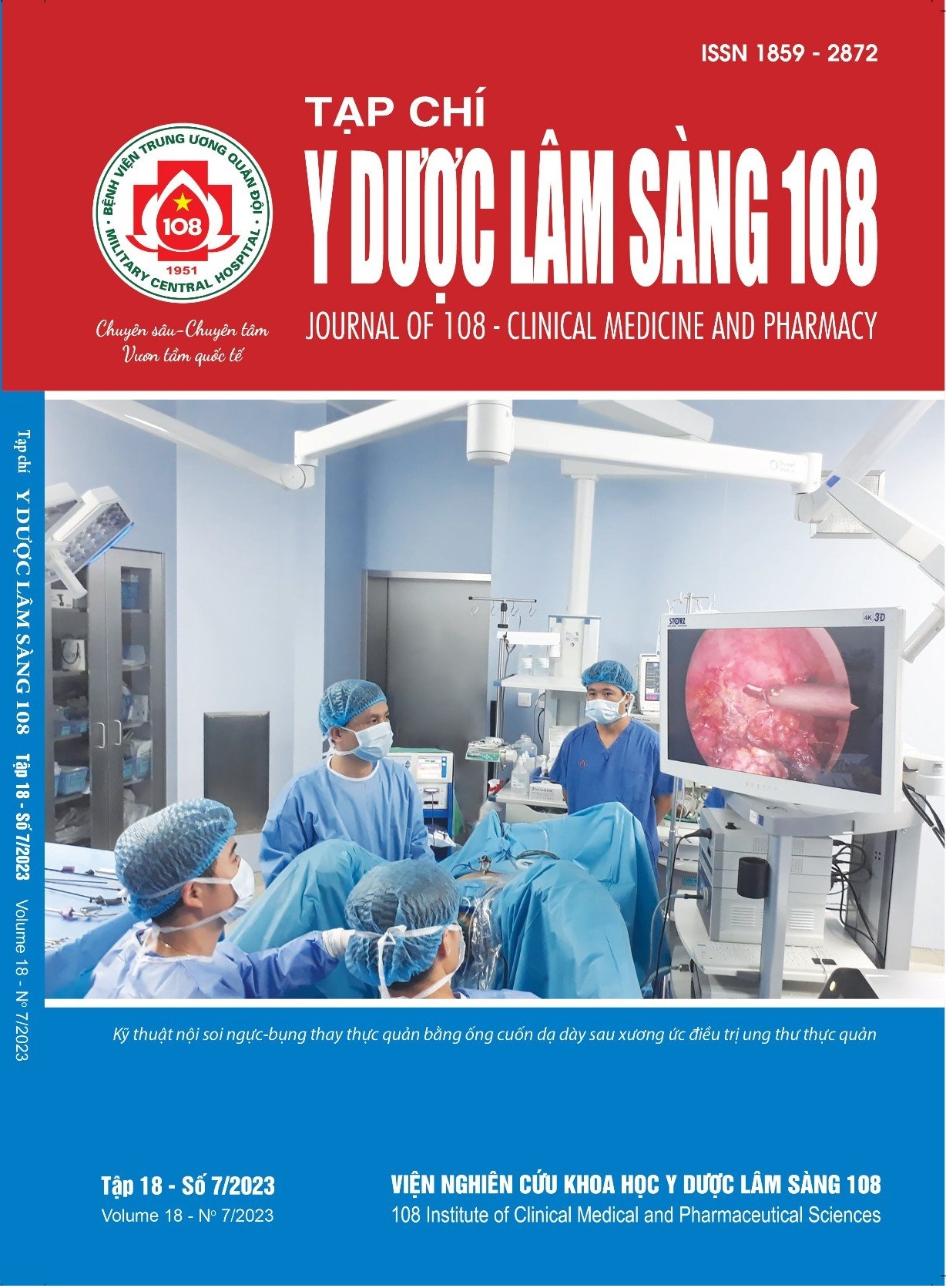Surveying the apical bone thickness in teeth by CBCT
Main Article Content
Keywords
Abstract
Objective: To assess apical bone thickness in buccal and palatal/lingual aspects of maxillary and mandibular teeth by CBCT. Subject and method: 112 CBCT examinations (54 women, 58 men) were included in the study, resulting in a sample of 1551 teeth, distributed in 14 groups. Method: A cross-sectional descriptive study. The bone thickness was taken as the distance between the center of the apical foramen and the buccal and lingual/palatal cortical bone. The quantitative variables were expressed as mean values ± standard deviation. The independent samples were analyzed using the T-test. Result: Mean age 48.32 ± 12.72; In the anterior teeth, canines had the lowest cortical bone thickness in the upper jaw (1.74 ± 0.71mm) but the largest in the lower jaw (3.49 ± 1.09mm). In the premolars, the maxillary bone thickness was smallest at the buccal root of the first premolar (1.69 ± 0.87mm). In the molars, the buccal bone was thinnest in the maxillary first molars with CNG (2.80 ± 1.29mm) and CNX (2.78 ± 1.09mm). In contrast, in the mandibular second molars, the buccal bone thickness (8.15 ± 1.89mm) was greater than the lingual bone thickness (5.85 ± 1.68mm) and at the lingual canals of the mandibular first molar also. 50% the upper first premolars had 2 roots, 6.25% the maxillary second premolars and 6.25% the mandibular first premolars had 2 roots. Mandibular first molars had 35.78% mesial lingual and 14.68% distal lingual canals. 5.60% the mandibular second molars had C-shaped canal. Age was related to jaw bone thickness. Conclusion: The apical bone thickness in buccal aspect is thinner than palatal/lingual aspects at the anterior teeth and the buccal roots of the molars. Thinnest in the anterior teeth (1.74 -1.84mm) and the buccal roots of the maxillary first premolars (1.69mm). The mesial and distal roots of the mandibular second molar are closer to the lingual wall of the jaw than the buccal wall. 6.25% of the maxillary second and mandibular first premolars have 2 roots.
Article Details
References
2. Miri SS, Atashbar O and Atashbar F (2015) Prevalence of sinus tract in the patients visiting department of endodontics. Kermanshah School of Dentistry. GJHS 7(6): 271.
3. López-Jarana P, Díaz-Castro CM, Falcão A et al (2018) Thickness of the buccal bone wall and root angulation in the maxilla and mandible: An approach to cone beam computed tomography. BMC Oral Health 18(1): 194.
4. Gakonyo J, Mohamedali AJ, and Mungure EK (2018) Cone beam computed tomography assessment of the buccal bone thickness in anterior maxillary teeth: Relevance to immediate implant placement. Int J Oral Maxillofac Implants 33(4): 880-887.
5. Tayman MA, Kamburoğlu K, Küçük Ö et al (2019) Comparison of linear and volumetric measurements obtained from periodontal defects by using cone beam-CT and micro-CT: An in vitro study. Clin Oral Invest 23(5): 2235–2244.
6. Porto OCL, Silva BS de F, Silva JA et al (2020) CBCT assessment of bone thickness in maxillary and mandibular teeth: An anatomic study. J Appl Oral Sci 28: 20190148.
7. Zahedi S, Mostafavi M and Lotfirikan N (2018) Anatomic study of mandibular posterior teeth using cone-beam computed tomography for endodontic surgery. Journal of Endodontics 44(5): 738-743.
8. Mortensen H, Winther JE, Birn H (1970) Periapical granulomas and cysts. An investigation of 1,600 cases. Scand J Dent Res 78(3): 241-250.
9. Scheid RC and Weiss G (2012) Application of root and pulp morphology related to Endodontic Therapy. Woelfel’s dental anatomy. 8th, Wolters Kluwer, Philadelphia USA: 231-249.
10. Srebrzyńska-Witek A, Koszowski R, and Różyło-Kalinowska I (2018) Relationship between anterior mandibular bone thickness and the angulation of incisors and canines a CBCT study. Clin Oral Invest 22(3): 1567-1578.
 ISSN: 1859 - 2872
ISSN: 1859 - 2872
